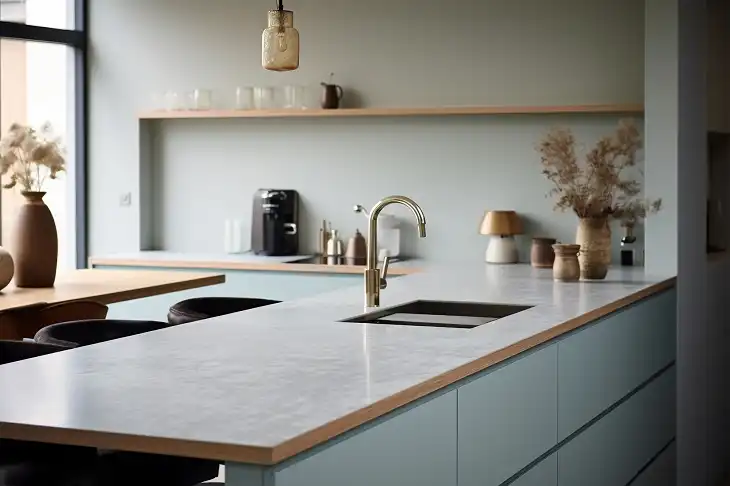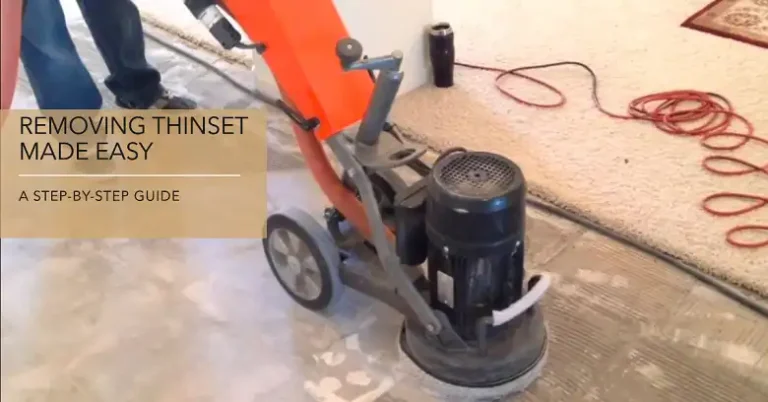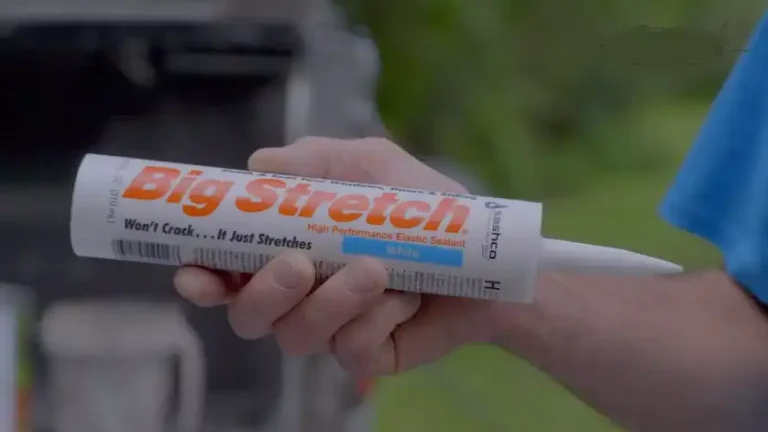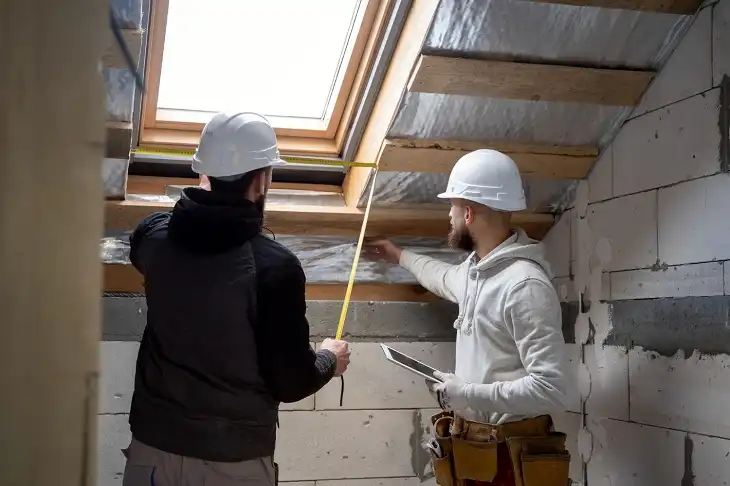Hose Won’t Fit My Outside Faucet
You got your new hose all ready to have some fun in the sun. But oh no! After giving it a twist, that stupid thing won’t screw onto the outdoor faucet. How annoying is that? Don’t worry, I got you.
Connecting a garden hose should be easy, but there are actually several reasons it might not fit right. Maybe the hose and faucet sizes don’t match up. Or the faucet threads are worn out from use. There could even be built-up gunk or leftover attachments stuck on there.
No matter what’s causing your hose headache, this guide will show you some simple tips to get that water flowing! Let’s troubleshoot those problems and get you all set for summer.
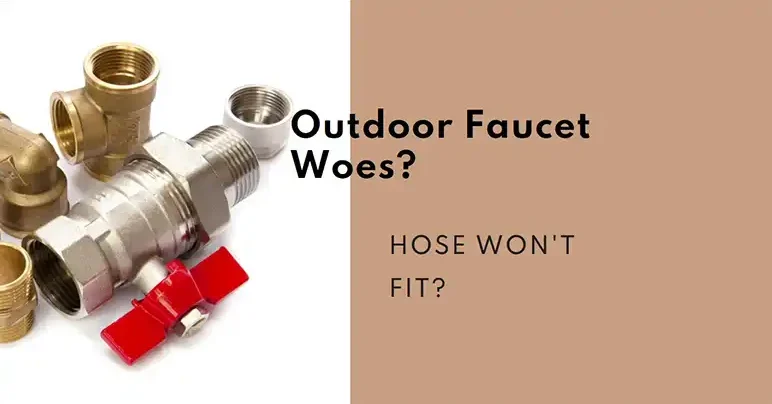
Why Hose isn’t Fitting Your Outside Faucet
You’ve got your new hose all ready to wash the car, water the garden, or just cool off on a hot day. But after giving it a twist, that sucker won’t screw onto the outdoor faucet! Ugh, how frustrating.
Incorrect Hose Size
This is probably the most common reason you’re struggling to make that hose connection. Garden hoses typically come fitted with 3/4 inch or 5/8 inch sized openings. If the sizing doesn’t match up with your outdoor faucet threads, it’s like trying to force a square peg into a round hole – it just ain’t gonna happen!
Those hose and faucet thread measurements may seem pretty close, but they’re definitely not interchangeable. Using the wrong size tries to force threads that don’t line up properly, making it extremely difficult to get a snug fit and secure connection.
Faucet Threads are Damaged
If you’ve owned your home for a while, chances are the threads on that outdoor faucet have seen some wear and tear. Think about it – we use those hose connections a ton throughout the seasons, repeatedly screwing fittings on and off. Plus, exterior faucets have to withstand the elements like blazing sun, freezing temps, and moisture.
All that use and exposure can really do a number on faucet threads over time. They can become cracked, stripped, or cross-threaded, with the grooves getting all messed up. When threads are compromised like that, you’ll have the hardest time securing a hose no matter how much muscle you put into it. Those hoses just spin without catching.
Leftover Debris or Attachments on the Faucet
Here’s another super common reason you can’t seem to get that new hose snugly fastened – there’s something stuck in or connected to the faucet opening already! Leftover gunk like dirt, rust flakes, or even an old hose washer can absolutely prevent a proper fit.
And if you didn’t fully remove any quick-connect attachments or other hose fittings from past seasons, those will totally block a new hose from screwing on properly too. The faucet opening has to be completely clear before you can make a solid hose connection.
Anti-Siphon Faucet
While we’re troubleshooting, let’s talk about a more specialized type of outdoor faucet that can throw a wrench into hose hook-ups. Anti-siphon or anti-backflow faucets have a little something extra built into them to prevent contaminated water from flowing back into your home’s water supply.
These faucets will either have a small vent hole or tube situated near the opening, or the threaded stem itself will be divided into two pieces with an air gap between them. That little addition creates backflow prevention – but it also means you can’t just screw on a standard garden hose without the right connector. You’ll need to pick up an inexpensive anti-siphon hose adapter to bridge the gap and make the proper fit.
How to Attach Hose to Your Outside Faucet
Okay, we’ve talked about all the reasons why your hose won’t cooperate with that outdoor faucet connection. Now let’s look at some easy solutions!
Use an Adapter
If the issue is simply a hose and faucet sizing mismatch, using a connector adapter is seriously the quickest and most budget-friendly fix around. These handy little plastic or metal fittings come in various configurations to adapt from one size to another.
You just screw the adapter onto the faucet’s threaded opening first, then your hose connector will screw right onto the adapter’s other side. Boom, problem solved! For just a couple of bucks, these adapters save you from having to replace entire hoses or faucets just to get the right measurements to mesh.
Clean the Faucet
In the case of built-up gunk, debris, or leftover attachments obstructing the faucet’s threaded opening, a good cleaning is in order before you can make a tight hose connection. Start by carefully checking the faucet opening and use a small brush or rag wrapped around a flathead screwdriver to remove any noticeable dirt or rust buildup.
You may need to get in there with some pliers wrapped in a cloth to help unscrew any old hose washers, quick connectors, or other attachments someone left behind. The key is making sure that the threaded opening is sparkling clean so new hose fittings can easily screw on without getting jammed up.
Change the Faucet
For outdoor faucets where the threading is just too darn damaged from years of use and neglect, it may be time to straighten up and replace that whole fixture. I know, not the easiest or cheapest solution – but sometimes it’s the only way to get an old, compromised faucet out and a fresh set of clean threads installed.
Purchasing and installing a whole new exterior faucet gives you the chance to make sure you’re getting the thread size that properly matches your hoses. It also lets you consider anti-siphon models if you need backflow prevention.
While you’re at it, look into faucet models with connections designed for easily swapping hoses. Things like quarter-turn garden hose connectors can save you the hassle of threading hoses on and off frequently.
Let’s Get that Hose On!
With the right fittings or adapters, a little elbow grease for cleaning, or even upgrading to a fresh new faucet, you’ll be spraying away in your yard with ease. Treating yourself to a cold beverage while admiring your lush, well-watered garden? Priceless.
Leave me a comment below if you have any other outdoor water woes I can help troubleshoot. I’m always happy to share more plumbing tips and tricks! Thanks so much for reading, and here’s to making the most of your home’s outdoor spaces this season.


